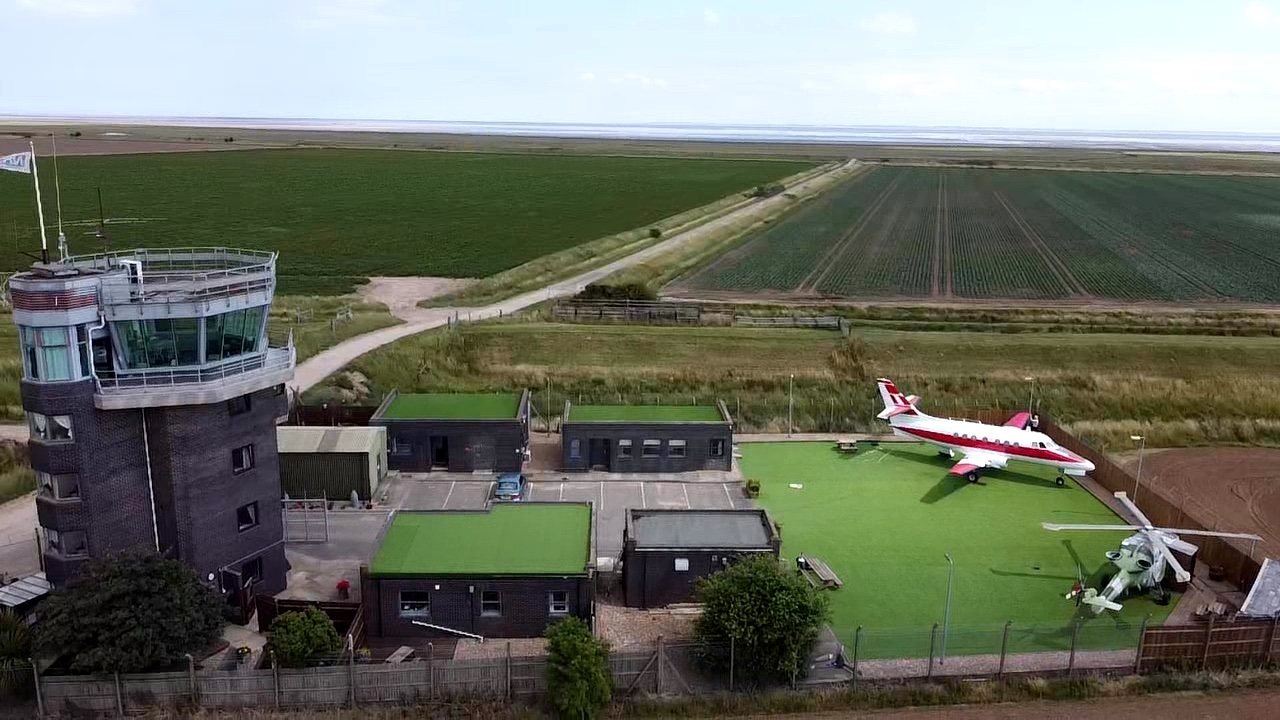Recent research conducted by LandlordBuyer reveals that, in the past year, average salaries in the UK have grown at a faster pace than average private rental costs.
What Do the Latest Rental Price and Average Salary Figures Indicate?
- Over the last 12 months, average rent prices in England have increased by 5.12%. However, weekly regular pay has seen a more significant increase of 7.17% over the same period, rising from £572 to £613.
- Excluding London, the UK’s average private rental price stands at £1,037 per month.
- London has witnessed its highest-ever annual rental price percentage increase over the past year since data collection began in 2006, with rental prices increasing by 5.5% from August 2022 to August 2023.
- In the period from April to June 2023, there was a 7.8% annual growth in regular pay (excluding bonuses), marking the highest regular annual growth rate since comparable records began in 2001.
Where Are the Most Affordable Regions for Renting in the Country?
The North East of England takes the lead as the most affordable region, with monthly rental prices averaging just £636. Yorkshire and The Humber closely follow, with an average monthly rent cost of £836.
What Are Property Experts Predicting About the Future Relationship Between Salaries and Rental Costs in the UK?
Jason Harris-Cohen, Managing Director of LandlordBuyer, shared his perspective, saying, “The UK’s rental market is subject to a ‘robbing Peter to pay Paul’ scenario. While rising wages mean tenants have more take-home pay, income increases are being spent on rising rents. There really is no current advantage to getting a pay rise, especially if it pushes someone into a higher take bracket – they could actually end up with less money.





